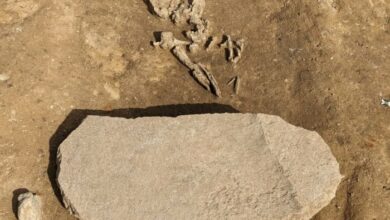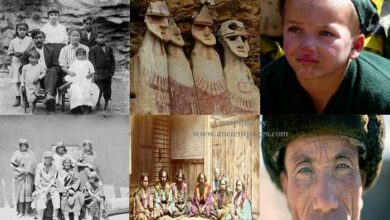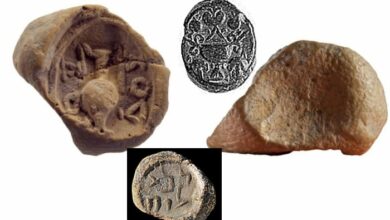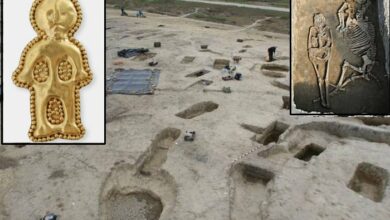Rare Eleventh-Century Astrolabe Unearthed Recently Sheds Light On Islamic-Jewish Scientific Exchange
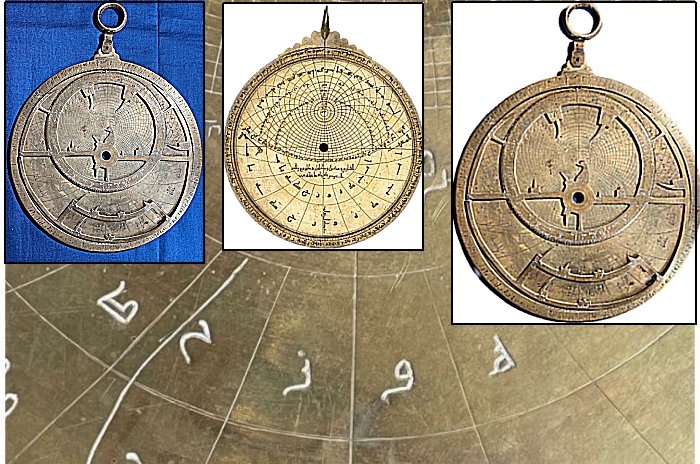
Conny Waters – AncientPages.com – The discovery of an eleventh-century Islamic astrolabe, adorned with Arabic and Hebrew inscriptions, is truly extraordinary.
The Verona astrolabe. Citation: Nuncius 39, 1 (2024) ; 10.1163/18253911-bja10095. Image source
This ancient astronomical tool is among the oldest and rarest finds of its kind globally. Its history includes a fascinating tale of adaptation, translation, and correction spanning centuries across Spain, North Africa, and Italy by Muslim, Jewish, and Christian scholars alike.
“The museum didn’t know what it was and thought it might actually be fake,” said Dr. Federica Gigante, from Cambridge University’s History Faculty, who made the discoveries in a museum in Verona, Italy, and published the results in the journal Nuncius.
“It’s now the single most important object in their collection,” she added.
Dr. Gigante stumbled upon a fresh image of the astrolabe on the Fondazione Museo Miniscalchi-Erizzo’s website purely by accident. Being very curious, she asked them for more information.
Mater of an astrolabe by Ibrāhīm ibn Saʿīd al-Sahlī, Toledo, dated 460 AH (AD 1068). History of Science Museum, Oxford (HSM), inv. 55331. Citation: Nuncius 39, 1 (2024) ; 10.1163/18253911-bja10095 – Image source
“When I visited the museum and studied the astrolabe up close, I noticed that not only was it covered in beautifully engraved Arabic inscriptions but that I could see faint inscriptions in Hebrew. I could only make them out in the raking light entering from a window. I thought I might be dreaming, but I kept seeing more and more. It was very exciting.”
“This isn’t just an incredibly rare object. It’s a powerful record of scientific exchange between Arabs, Jews, and Christians over hundreds of years,” said Dr. Gigante.
“The Verona astrolabe underwent many modifications, additions, and adaptations as it changed hands. At least three separate users felt the need to add translations and corrections to this object, two using Hebrew and one using a Western language.”
See also:
Astrolabe: A Beautiful, Mysterious And Sophisticated Computer Of The Ancient World
Dr. Gigante, a renowned authority on Islamic astrolabes and former curator of Islamic scientific instruments, pinpointed the origins of the “Verona astrolabe”. She analyzed the object as an Andalusian artifact.
The Verona astrolabe. Image credit: Federica Gigante
The style of engraving and layout of scales on the reverse side further linked it to instruments crafted in Al-Andalus – a region in Spain under Muslim rule during the 11th century.
One side of a plate is inscribed in Arabic “for the latitude of Cordoba, 38° 30′,” while the other side “for the latitude of Toledo, 40°”. The astrolabe might have been made in Toledo, at a time, a thriving center for cultural exchange between Muslims, Jews, and Christians.
A second, is inscribed for typical North African latitudes, suggests it was perhaps used in Morocco or Egypt.
Hebrew inscriptions, on the other hand, appear to have been added by multiple individuals. among them, not all were astronomers or astrolabe makers. They were translations of the Arabic names for astrological signs, for Scorpio, Sagittarius, Capricorn, Aquarius, Pisces, and Aries.
Close up of the Verona astrolabe showing Hebrew inscribed (top left) above Arabic inscriptions. Credit: Federica Gigante
“These Hebrew additions and translations suggest that at a certain point, the object left Spain or North Africa and circulated among the Jewish diaspora community in Italy, where Arabic was not understood, and Hebrew was used instead,” the researcher said in a press release.
Dr. Gigante points out that these translations reflect the recommendations prescribed by the Spanish Jewish polymath Abraham Ibn Ezra (1089–1167) in the earliest surviving treatise on the astrolabe in the Hebrew language written in 1146 in Verona, exactly where the astrolabe is found today.
The astrolabe features corrections inscribed not only in Hebrew but also in Western numerals, the same we use in English today.
“This object is Islamic, Jewish and European, they can’t be separated,” Dr. Gigante said.
The astrolabe holds a significant place in history, having been crucial during classical antiquity, the Islamic Golden Age, and the European Middle Ages. The term ‘astrolabium‘ is specifically used to denote the prismatic astrolabe, a brilliant invention by French astronomer André Danjon.
Written by Conny Waters – AncientPages.com Staff Writer





